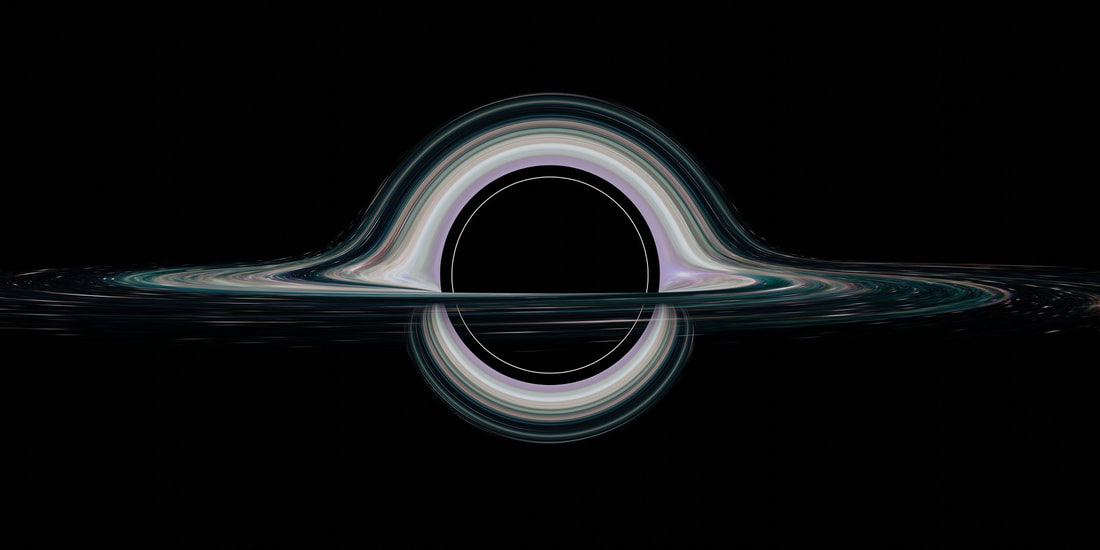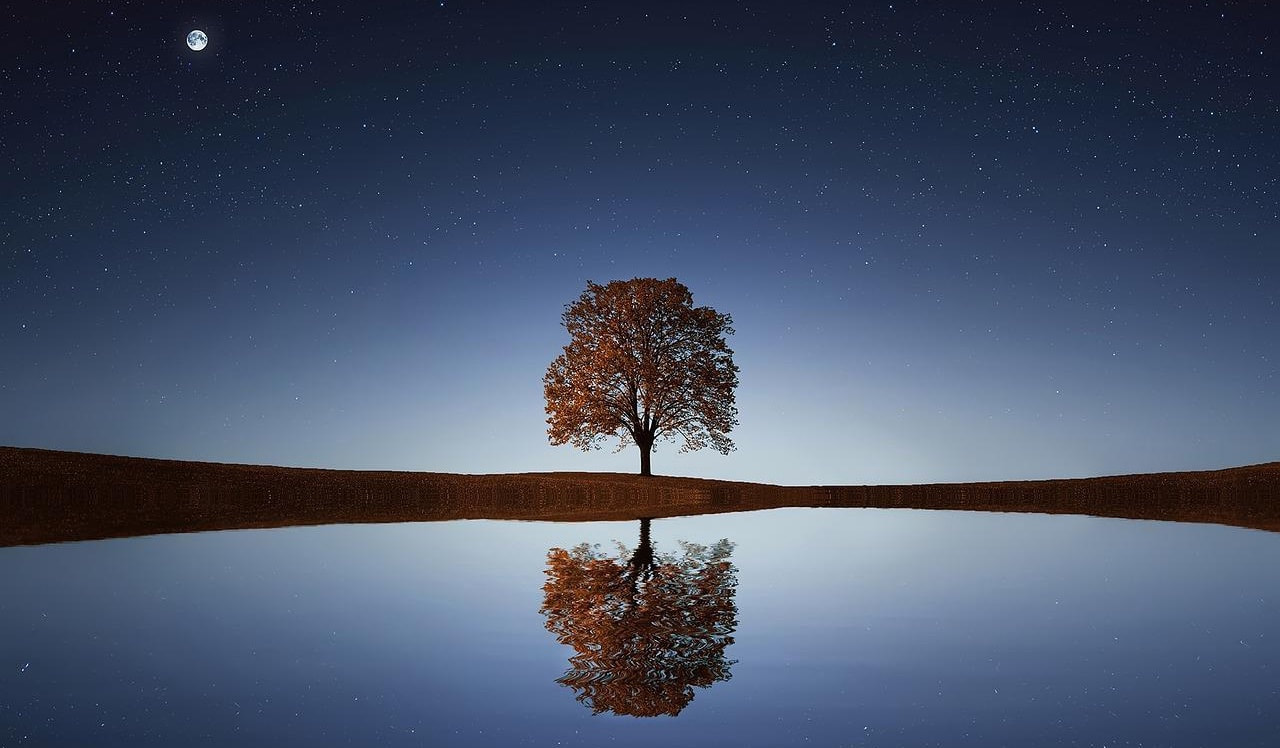Author: Swapnil SinghUndergraduate: Astronomy Research & Mechanical Engineering - Astrophysicist of the future! The FutureThe concept of time travel centres around the idea of movement between certain points in time, parallel to movement between different points in space. Yes, in theory at least, as general relativity does allow for a tunnel through space-time linking two distant points in time, which then form a circular time loop called a wormhole or Einstein-Rosen bridge. A black hole with its intense gravitational field could potentially provide a fantastic means to travel through time by getting close enough to its Event Horizon without being swallowed up. In principle, by maintaining this “safe” distance you could travel centuries into the future relative to outside observer. The PastLight has a finite speed of 299,792,458 m/s. To travel any finite distance, it takes a finite amount of time. And hence, there is always a time lapse whenever light travels from any object to the observer's eyes. When you look at yourselves in the mirror (assuming you are 20 cm away from the mirror): you are actually looking at how you looked 1.33 nano seconds earlier i.e., you are looking 1.33 nano seconds into the past. For celestial objects, the distances are very large (in light years) and hence when we see the stars, we are actually seeing several years into the past. The stars we see today in the night sky might have even died thousands of years ago. Comments are closed.
|
Welcometo the InnovaSpace Knowledge Station Categories
All
|
InnovaSpace Ltd - Registered in England & Wales - No. 11323249
UK Office: 88 Tideslea Path, London, SE280LZ
Privacy Policy I Terms & Conditions
© 2024 InnovaSpace, All Rights Reserved
UK Office: 88 Tideslea Path, London, SE280LZ
Privacy Policy I Terms & Conditions
© 2024 InnovaSpace, All Rights Reserved


 RSS Feed
RSS Feed